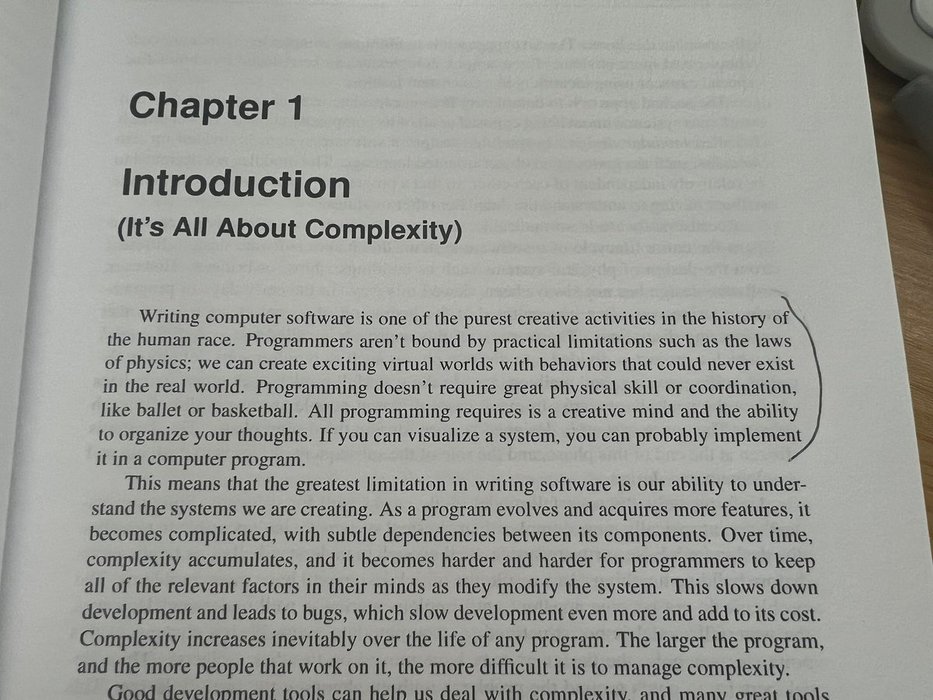Sublime
An inspiration engine for ideas
The new hires took advantage of Xerox’s abundant resources and loose oversight to creatively interpret Goldman’s definition of “data processing technology,” pursuing projects inspired by Doug Engelbart’s ideas about augmented intelligence and by hacker culture more generally. Engelbart’s SRI operation had drifted after the great demo—investors
... See moreMargaret O'Mara • The Code
The research for the State of DevOps Reports from 2013 to 2019 was a cross-population study that spanned over thirty-six thousand respondents over six years. It showed that architecture determined if it was possible for teams to:58 •make large-scale changes to the design of the system without the permission of someone outside the team or depending
... See moreSteven Spear • Wiring the Winning Organization: Liberating Our Collective Greatness through Slowification, Simplification, and Amplification
Full Stack Software Team Multi-Agentic Custom Instructions
Context: We are a full stack team of software builders. We build mobile applications and web applications. We are looking to grow our portfolio and serve new customers with innovative solutions alleviating pain points.
Multi-agent consideration: Answer prompts based on the perspectives of
... See moreThe idea was that, once they had done two or three projects for customers, they could take on an apprentice and mentor that person. We had younger people, and we had more women than other firms. We had Eve Anderson and Tracy Adams—two of the most senior people at the company were female, which was kind of unusual. We never wanted to have more than
... See moreJessica Livingston • Founders at Work: Stories of Startups' Early Days
The first heuristic is to assign each domain to a single team. If
Matthew Skelton, Manuel Pais • Team Topologies: Organizing Business and Technology Teams for Fast Flow
